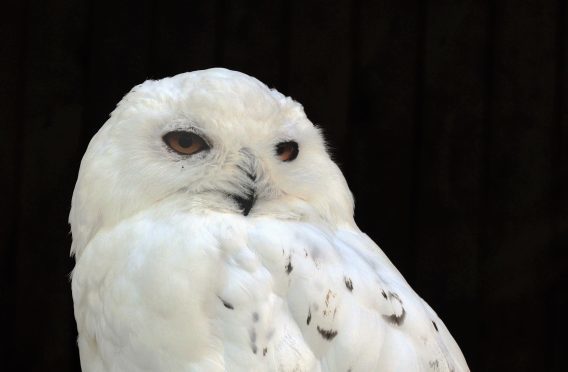A rare sighting of a snowy owl – the species made famous by Harry Potter – has been reported on the Orcadian island of Eday.
The birds of prey are native to Arctic regions, including parts of Norway and North America.
The snowy owl was seen on Eday – which has a human population of around 40 – and recorded by the Rare Bird Alert website on Sunday, sparking interest among twitchers.
The last pair of snowy owls to breed in the UK was on Shetland in 1975.
In 2008, birdwatchers’ hopes of snowy owls breeding in the UK for first time in more than 30 years were raised when a male Snow Owl on the Western Isles was joined by a female.
However, the pair were later spotted 50 miles apart.
At almost 2ft in height and with a wingspan of over five feet, the snowy is one of the largest owl species in Europe.
The species was made famous in JK Rowling’s Harry Potter books, in which Harry’s pet snowy owl Hedgwig delivered his post.
For British birders, the Snowy Owl is more or less equivalent to the Holy Grail. Although they spend the summer months in and around the Arctic Circle, outside their breeding season they are often nomadic, sometimes travelling hundreds of miles south of their normal range.
As well as Rowling, the poet TS Eliot mentioned the bird in one of his early works.
